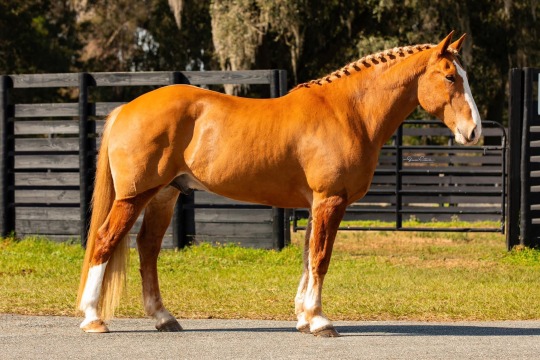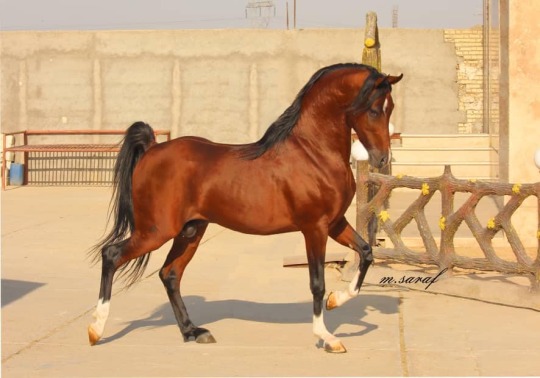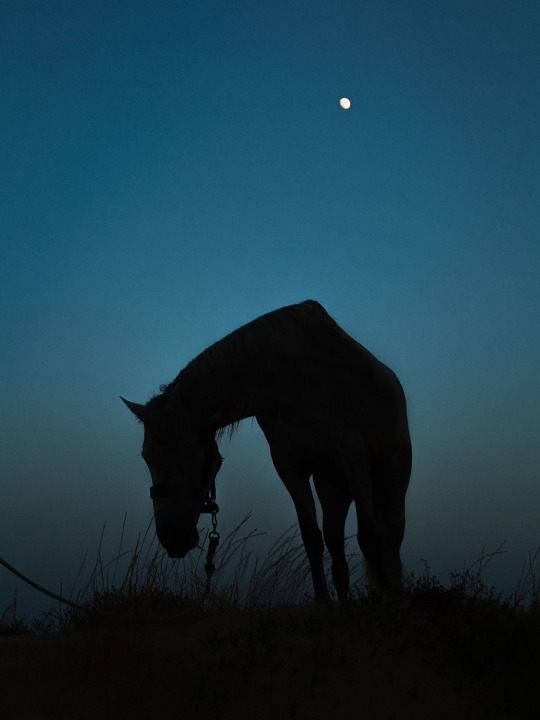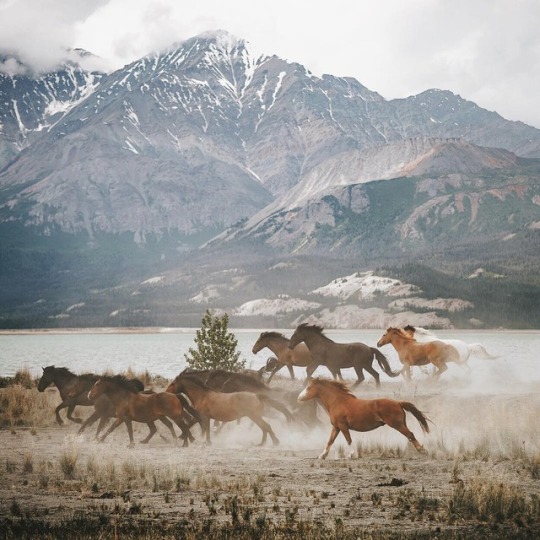Side blog for horse related posts and training progressions.
Don't wanna be here? Send us removal request.
Text



Belgian draft x Quarter horse cross gelding.
227 notes
·
View notes
Photo

© Yann-Arthus Bertrand
« Hunter horse. Ivanhoe, 7-year-old, owned by Mr Adsetts, and shown here by Matthew Laurence. Horse of the Year Show, Wembley, Great Britain. »
644 notes
·
View notes
Photo

Général de ROSENBERG ( 1824-1894), grand maître de la cavalerie militaire d'outre-Rhin, définit clairement l'équitation d'extérieur : “Notre élément c'est la vitesse (toujours relative à la guerre) et la mobilité même à travers les terrains les plus difficiles. On ne peut nier que cela soit la même chose en course et en chasse. Peut-on s'imaginer qu'il y ait des esprits assez obtus pour condamner cette équitation d'extérieur ? Que deviendrait une cavalerie dont les jeunes officiers ne pourraient monter à cheval que dans le service ou au manège ? Que d'idées fausses il se formerait là ?”. Sur cette photo: L’ homme sur le cheval se prénomme Pierre Lamothe dit “Fanfare” piqueux de l’ Équipage de La Chapelle au Bois ( F-J de la Gravière), certainement le piqueux le plus réputé avec Guy Brousseau dans l'histoire de la vènerie française (champion international hors concours de trompe de chasse). Ce cerf a été gracié par le maitre d'équipage car il a fait chuter Fanfare lorsqu'il lui a sauté par dessus, il a donc quelque part vaincu le piqueux ce qui lui valut la vie sauve.
Guy Boivin
71 notes
·
View notes
Photo

Linkon Khorram Iran Asil Stallion
Iran Asil Association
101 notes
·
View notes
Text
Offended by that tiktok saying horse girls listen to Taylor Swift, this is emo horse girl erasure.
5 notes
·
View notes
Text

Horse-Drawn Sleigh, ca. 1900
Mr. Stewart, wearing a hat and gloves and under a blanket, in a horse-drawn sleigh.
Barnard-Stockbridge Photograph Collection
University of Idaho Library
31 notes
·
View notes
Photo

Phalaris (1913-1931) Foaled on May 16, 1913 at the Derby stud in Newmarket, Phalaris was sired by Polymelus and out of the Sainfoin mare Bromus. He was bred by the Seventeenth Earl of Derby, who, upon the advice of his racing manager George Lambton, and bloodstock advisor, Walter Alston, purchased his dam Bromus in 1910. Phalaris was trained by George Lambton as a two year old. That season he raced three times, winning two and was unplaced in his other start. As a three year old, Phalaris ran seven times and won three of them. After these three wins Lambton pointed Phalaris towards the classic races. But, Phalaris finished third in the Craven Stakes, then was soundly beaten in the 2,000 Guineas. Phalaris was dropped back down to lower level races. Phalaris ran poorly in the Stewards Handicap, but came back to win the Beaufort Stakes impressively. Next, Phalaris won the St. George’s Handicap by an easy six lengths. After such impressive victories Phalaris was forced to carry the high weight of 124 pounds in his next start, the mile and a quarter Royal Stakes. But, weight didn’t slow him down and Phalaris won by again. In Phalaris’s final start at age three he ran second in the ten furlong Limekiln Stakes carrying 120 pounds. At age four, Phalaris raced nine times an won seven. In his season debut, Phalaris finished second in the Crawfurd Handicap, carrying 22 pounds more than the winner Verdun. After this the big brown colt went on a seven race win streak. He won the Bretby Handicap, the Chesterfield Course Stakes, the St. Ives Handicap (carrying 131 pounds and giving from five to 47 pounds to his rivals), the Bury St. Edmunds Plate (defeating champion filly Fifinella), the Snailwell Stakes and the Challenge Stakes. Phalaris was then entered in “The Whip”, a race run over two miles and 118 yards. Assigned 140 pounds, he went alone to the post and scored his first walkover victory. In his final start of the season, Phalaris finished tenth in the Cambridgeshire Handicap. Returning at age five, Phalaris won four of his five starts. He won the Abingdon Plate (carrying 147 pounds), the June Stakes (carrying 134 pounds), the Lanwades Plate (carrying 141 pounds), and the Challenge Stakes in a walk over. His only loss came in the Beaufort Stakes when he finished off the board carrying 146 pounds. Phalaris retired with a record of twenty-four starts and sixteen wins. Although he won races at ten furlongs and a mile, he was at his best at five and six furlongs, and failed when he ran longer if the pace was fast. Because sprinters were becoming very popular during that time, Phalaris was booked full for his first season. His original fee was 200 guineas, but was raised to 400 in 1922 when his first foals hit the track. It would remain at 400 for the rest of his life. Phalaris was the leading two year old sire in 1925, 1926, and 1927, leading overall sire twice, in 1925 (the year his Manna won the 2,000 Guineas and Derby Stakes) and 1928 (the year Fairway was a three-year-old). Phalaris died on February 28, 1931, at the young age of 16. The young stallion collapsed after breeding the mare Princess Sublime. “Phalaris was a particularly good looking horse. Brown with a large star as his only white marking, he was long barreled, but tremendously muscled in the shoulder and hindquarter, which gave him the appearance of having a dip in his back. If he could be faulted, it was for being slightly back at the knee. He was also blessed with a kind temperament.”
42 notes
·
View notes
Text
13K notes
·
View notes
Photo

Black Forest Horse by Monamer Photography
238 notes
·
View notes
Text
What SSO thinks the friesian horses look like when they do the idle piaff thing:

What the friesian horses actually look like when they do the idle piaff thing:

59 notes
·
View notes










